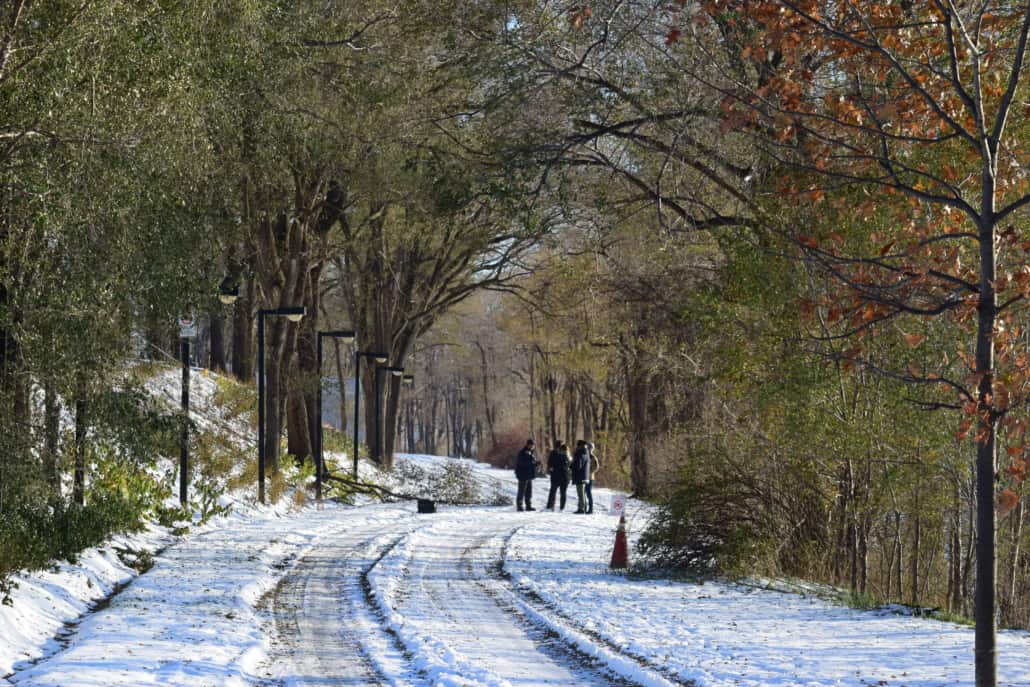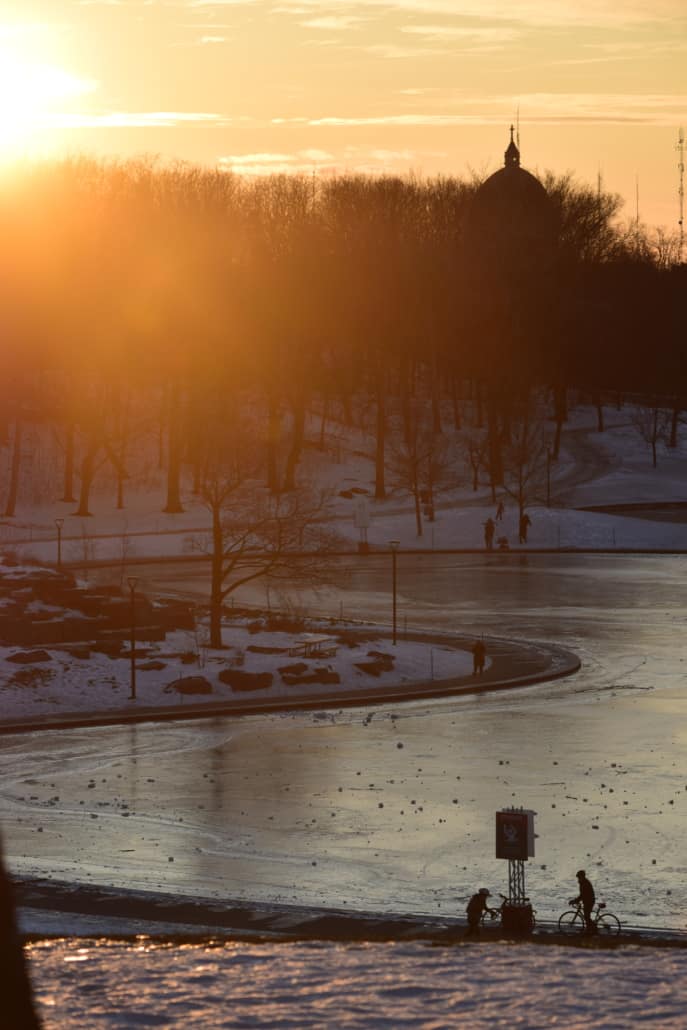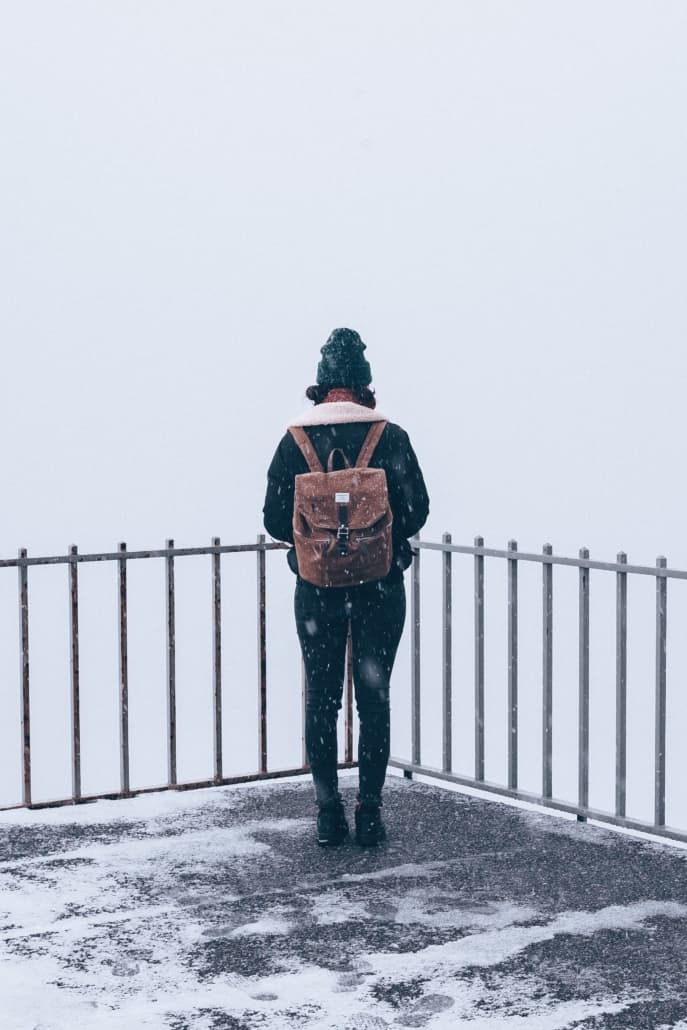Top 5 Winter Canadian Foods You Must Try
Everyone has a favourite thing about winter. Even if your favourite thing is when it ends. But, even if the leaving of winter is what sparks joy in your heart, chances are you have another favourite part of winter… comfort food!
Warm, fragrant, comforting dishes, often with crispy golden crusts, melty cheese, aromatic spices, or sticky sweetness are one of the best parts of winter. Even better if you can enjoy it with people you love, or snuggled up on the couch with cozy socks and a whole lot of Netflix.
Here are the best Canadian Comfort Food Dishes to Get You Through the Winter
So without further ado, here are 5 foods to eat in a Canadian winter that’ll warm your heart, comfort your soul, or even bring loved ones together:
-
Swedish meatballs
Winters are typically cold, dry and dark in Sweden, but the Swedes are known for embracing the season by enjoying outdoor activities, chilly walks, and even commuting by bike year round. There is even a Swedish saying that “there is no bad weather, there are only bad clothes.” So they bundle up and head outdoors! But, they also fully embrace the coziness of being indoors on a frosty evening. While this is obviously not a Canadian dish, it’s one Canadians should really embrace… beyond the infinite walls of Ikea.
Swedish meatballs are hearty, comforting and even a bit festive with a hint of allspice and nutmeg. Paired with a dollop of leftover cranberry sauce, it almost feels like Christmas dinner.
The Recipe Critic has a fantastic, heartwarming recipe for Swedish meatballs. Although making meatballs from scratch instead of using frozen can be time consuming, these are totally worth it. You can even make them in large batches and freeze, then make the gravy on the day you plan to serve them.
If you want to make a vegetarian (though not vegan) version, add a pinch of allspice to cooked or canned lentils, then make just the gravy for the meatballs and add in the lentils. Add a diced carrot and a few handfuls of fresh or frozen kale, simmer slowly until carrots are tender and serve over creamy mashed potatoes. Yum!
-
Butter tarts
These classic Canadian cups of decadence are to die for with a cup of coffee or milky tea, or dare we say… a little spiced nog? Despite the name, they don’t have a whole lot of butter in the tart filling (plenty in the pastry though), but they do have a buttery, caramel-y yumminess that just seems to melt in your mouth.
Adding chopped pecans to the filling is AMAZING. Raisins are optional, and if pecans are too pricey, chopped walnuts are great as well. Some recipes suggest chocolate chips, but as far as we’re concerned, that’s a big no-no. It just makes them overly sweet. So, if nut allergies are a concern, just leave out the nuts altogether. Sans nuts they’re still delicious and if you aren’t used to that nutty flavour, you probably won’t feel like you’re missing out on anything.
The Food Network has a great roundup of 26 butter tart recipes with a few unique takes including butter tart squares, pinwheels, cheesecake (totally non-traditional, but very yum), bacon butter tarts (intriguing) and more.
-
French Canadian baked beans
Not to be confused with Boston baked beans! Which are also good, but nothing beats slow cooked baked beans flavoured with maple syrup, thick sliced bacon (or not, for a veg version), molasses and brown sugar. Even better, beans are insanely nutritious, wallet-friendly, and as a cultivated crop they have a pretty low carbon footprint. What’s not to love?
Traditionally, baked beans were simmered with chunks of fatty, salted pork to add flavour and much needed calories in those early days of our country’s colonization when food was about survival. Today, you can skip the pork without skipping on flavour. Just be sure to keep the maple syrup and molasses to get that hearty flavour unique to the French Canadian style of baked beans.
Now, if you’ve had canned baked beans and you’re thinking, “What’s the big deal?” Well, trust us when we say they just don’t hold a slow cooking candle to homemade!
This is a great recipe to try that includes a dash of worcestershire sauce to give a delicious depth of flavour. These are great for breakfast, lunch or dinner, are amazing as a side to fried eggs, baked ham, tourtiere or even sauteed greens. They reheat amazingly and even freeze well. Enjoy!
-
Beaver Tails
This is the quintessential treat to eat outdoors (always outdoors!) during Canadian winters. If you’ve never had one, what it is is fried dough (roughly in the shape of a beaver’s tail) that’s been dipped in cinnamon sugar. Kind of like a fresh, flat doughnut, Beaver Tails have a crispy outside with a soft, doughy inside. Although they are fried, because they’re fried at a high heat, they aren’t super greasy. Instead, the light frying melts with the cinnamon sugar when you bite into it for pure deliciousness. But it’s not all crispy fried dough and sugary yums. Beaver Tails are classically made with whole wheat flour. So.. you know… fibre!
There are now several permanent Beaver Tail kiosks around Montreal, but the very best are the pop up stands and food trucks you’ll often find around winter carnivals and skating rinks. On a crisp, cool afternoon, nothing beats grabbing a Beaver Tail along de la Commune in the Old Port and taking a tasty stroll through the old city. For a truly Canadian experience, grab your skates (or rent when you get there) and take yourself to Ottawa to skate along the Rideau while enjoying your Beaver Tail.
Although getting Beaver Tails to-go is the classic way to enjoy them, if you have a deep fryer at home, you can also try making them yourself!
-
Indigenous Foods
No winter table in Canada should be considered complete without honouring the indigenous people of this land who have known for thousands of years how to thrive during our harsh winters. Indigenous recipes have slowly been working their way into the mainstream spotlight and there is so much deliciousness and powerful history to discover within them.
From caribou stew and bannock, to three sisters soup and wild rice with mushrooms, winter can be filled with warmth, comfort and discovery.
Check out these recipes from the CBC for salmon with garlic and sage, wild rice stuffing, and apple, cranberry and wild sage crisp. Make a hearty three sisters soup and share the beautiful story and message of growing together with your family. Or try wild blueberry scones and invite a few close friends for coffee and a catch up.
What’s your favourite typically Canadian dish for winter? Please share it in the comments! Recipes are more than welcome ;-)
Looking to go to the outdoors this winter, make sure to check out Best winter shoes brands in Canada and the best winter jackets to keep you warm in a Canadian Winter.
Also here is some general advice on how to dress for winters in Canada.

 Photo by Gabrielle Cepella on Unsplash
Photo by Gabrielle Cepella on Unsplash








 Photo by freestocks.org on Unsplash
Photo by freestocks.org on Unsplash





